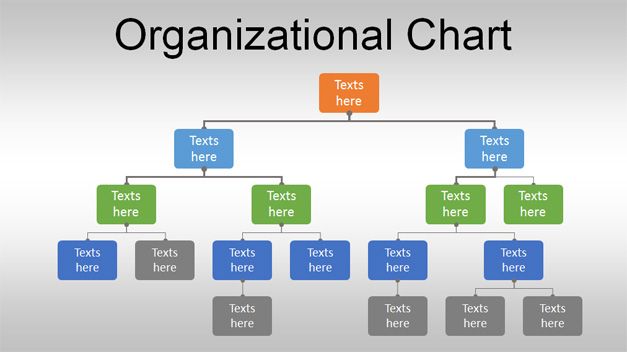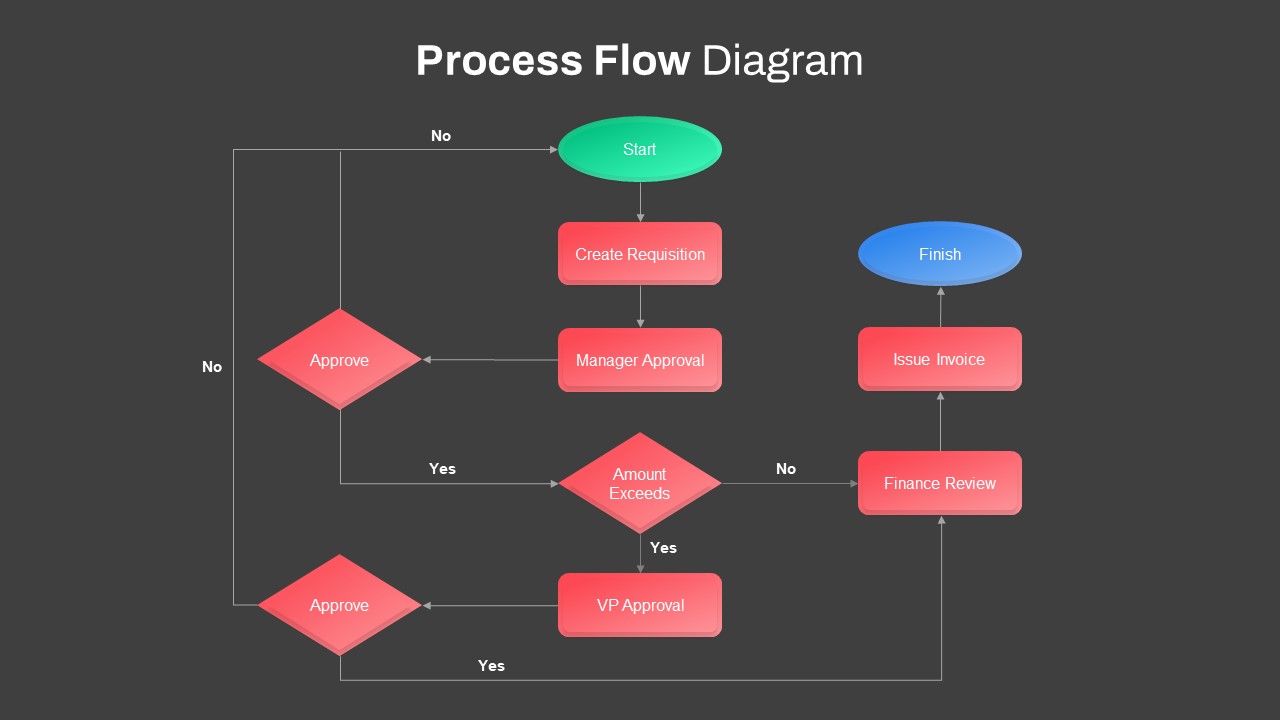

Horizontal placement might change because you discover overlapping pairwise ownership relationships, where you identify an entity which appears on the chart because of a previous relationship. Remember those relationships might skip generations - pass through the vertical hierarchy rows - or include related and unrelated entities. Horizontal placement is exceedingly difficult, because it needs to solve the line-drawing problems while accurately displaying all owner relationships. Once you have vertical placement of the entity nodes (rectangles), you need to place them horizontally. Without any other elements, they reveal the hierarchy of the company. These rows are not visible directly on the org chart, but the results are.

The single biggest improvement to make a chart both readable and accurate is to create generational rows of equal height. Create strict generational levels for hierarchy To quickly scale an ownership chart, start with the pairwise relationships between a single parent and its subsidiaries, or between a subsidiary and its parents. There is no limit to the number of generations which an org chart can show. Focus on immediate parents and subsidiaries Let lines direct horizontal placement, andġ.Create strict generational levels for hierarchy,.Focus on immediate parents and subsidiaries,.To improve the layout of your org chart follow these steps: A poorly conceived cluster can ruin a thoughtful hierarchy with minimal overlapped and crossed lines. A cluster compounds the problems of line drawing and hierarchy. The clustering omits entity nodes, or includes them inappropriately. When charts are hand-drawn, clustering becomes haphazard. 3Ĭlustering entities on a corporate chart improves readability. Conversely, an unrelated entity is not part of the corporate registry, but does appear in the ownership chart for an entity. It is better to think of a related entity as one that you want to manage. Simplistically, every owner or subsidiary is “related” to its parent or subsidiary by virtue of the equity ownership. The distinction between related and unrelated entities is less a legal and more managerial. However, consumers of org charts want to see the unrelated entities too.


Company charts show related entities, meaning those legal entities which are in the corporate family. Charts might omit a line that needs to be drawn or display one incorrectly.Ī more subtle, but persistent, problem with company org charts concerns the nature of the legal entity relationships. Lines become crossed or stacked on top of each other, making the chart impractical to read.Ĭorporate structures can have more lines than the person drawing the chart can track. The relationships can pass through levels of the hierarchy. Unlike management-employee charts, there can be many parents, or ownership relationships. Lines showing relationships on an org chart are critical. Visio 1 and PowerPoint 2 do not solve this problem. Hand-drawn org charts contain errors because the person creating the chart might not have access to the latest ownership data. The org chart needs to be ordered from top to bottom. Charts which do not show parent and subsidiary relationships fail of their essential purpose. Hierarchy matters in corporate legal org charts because the relationships convey economic and management rights. There are several reasons a legal entity organizational chart looks like spaghetti and meatballs. An organized company organization structure Causes of a messy org chart
#POWERPOINT ORG CHART HOW TO#
See how to design an effective organizational structure chart. That complexity can make a mess of your organizational chart. Charts of ownership structure are inherently complex. Organizational structure org charts are harder to draw than management diagrams.


 0 kommentar(er)
0 kommentar(er)
